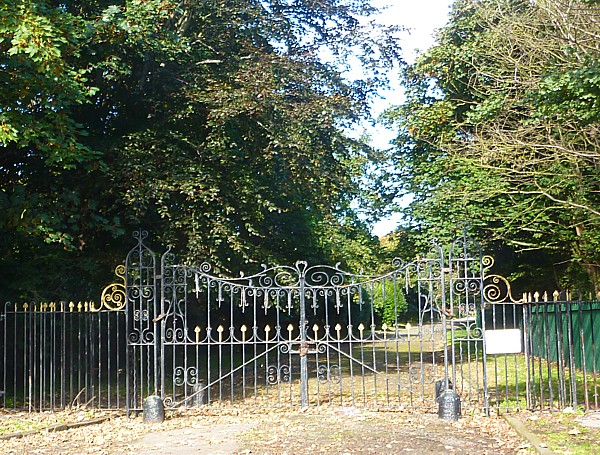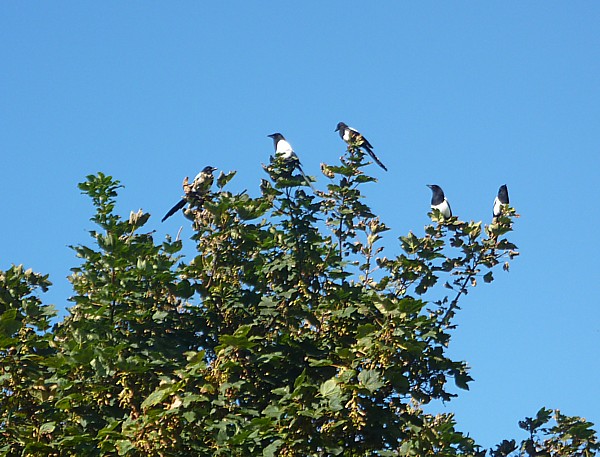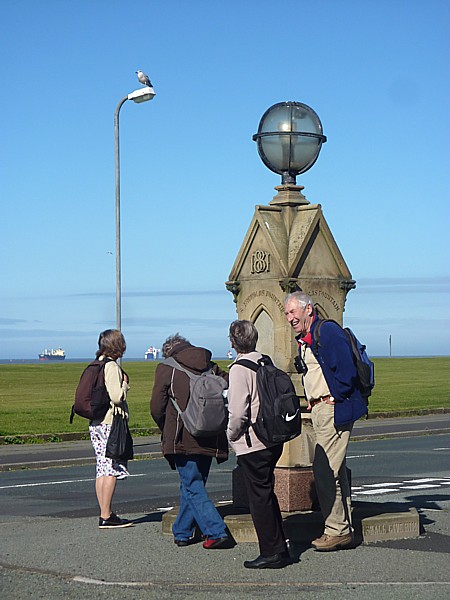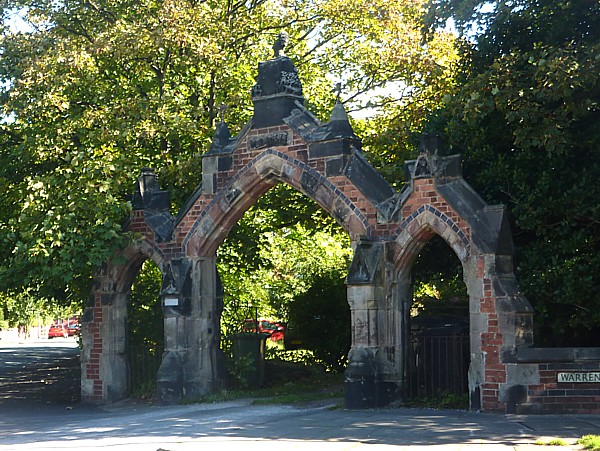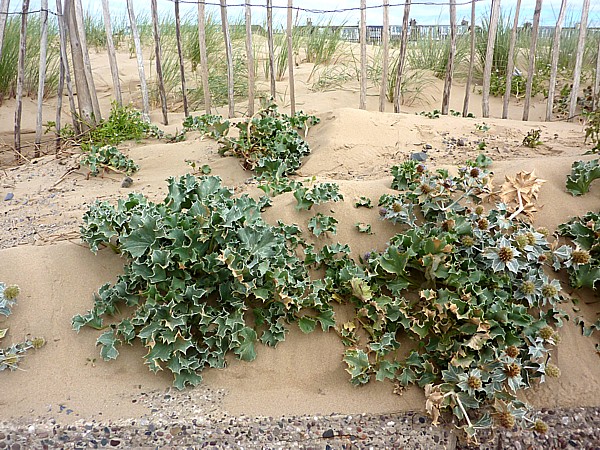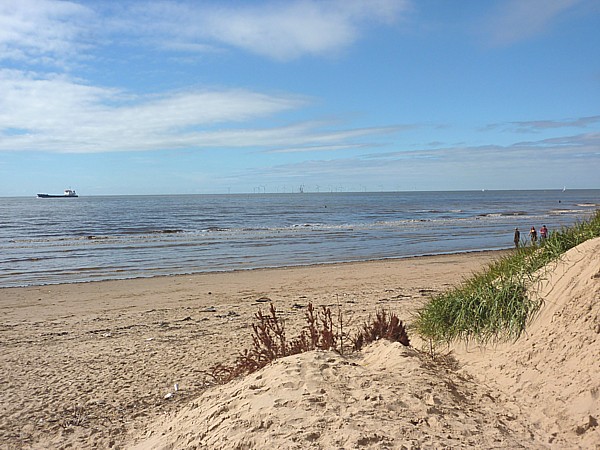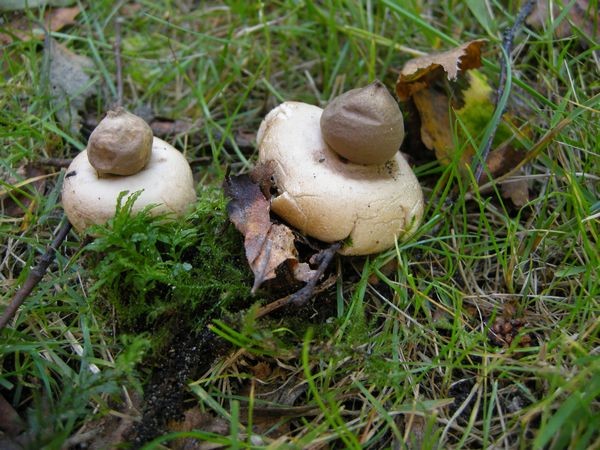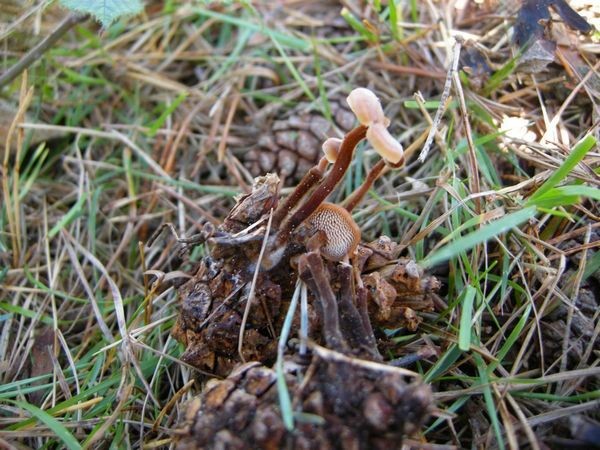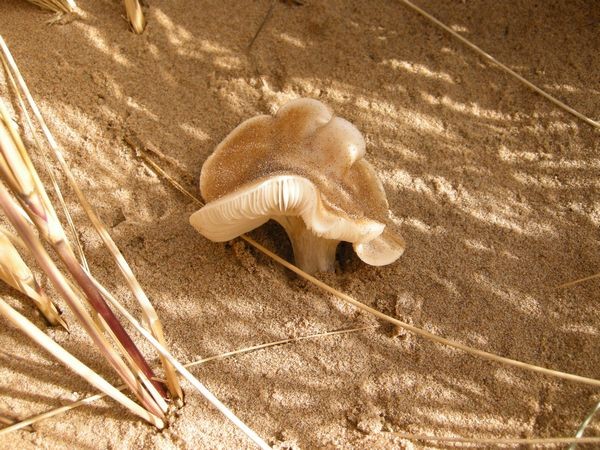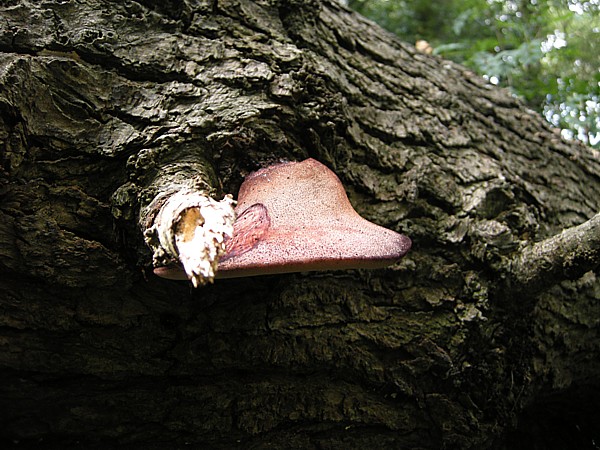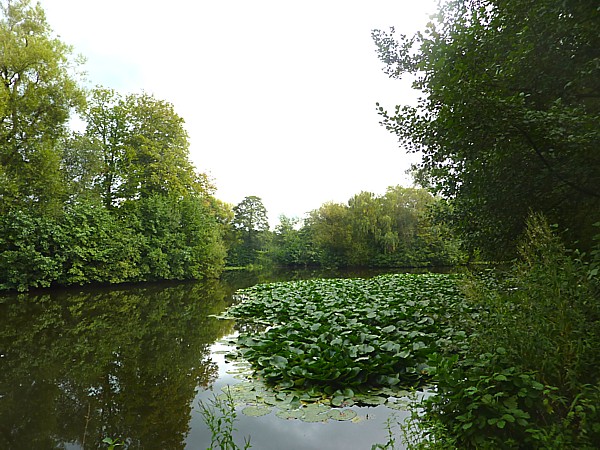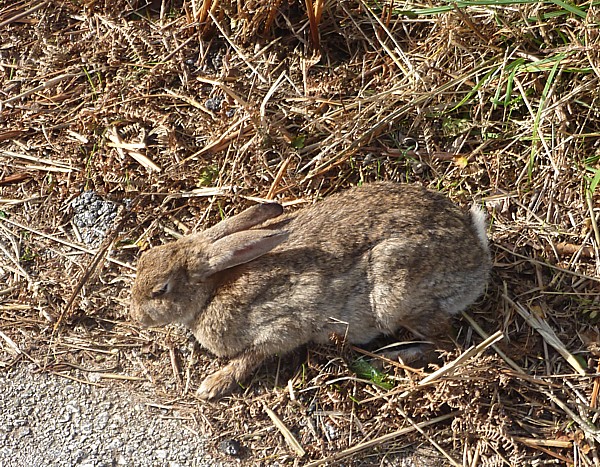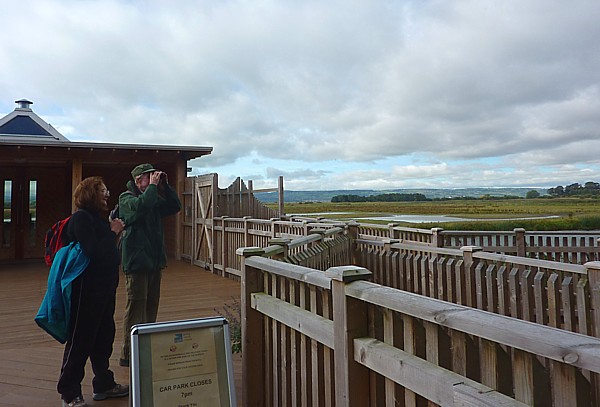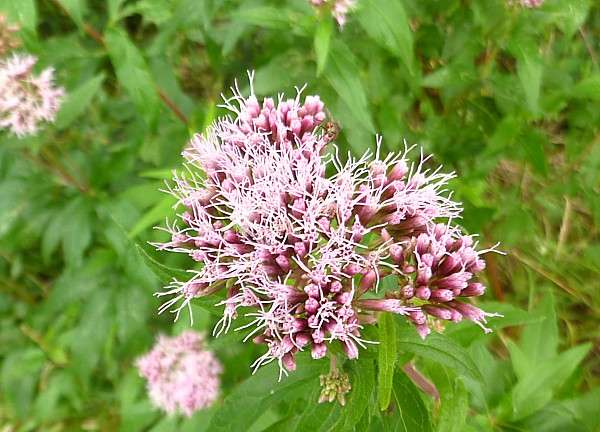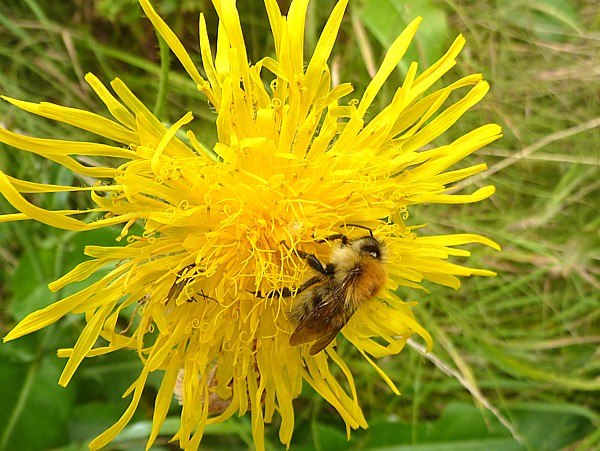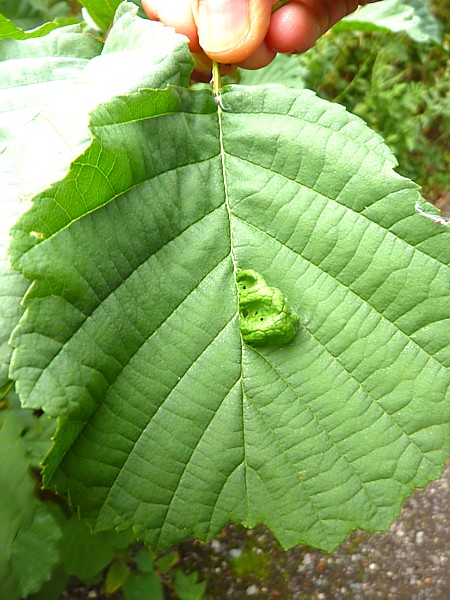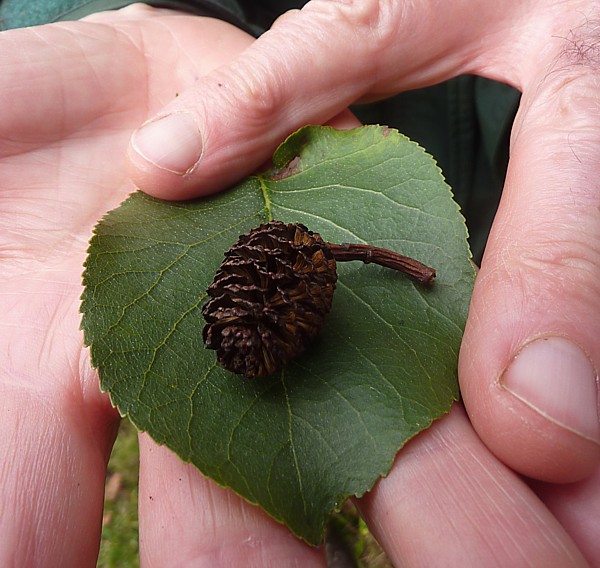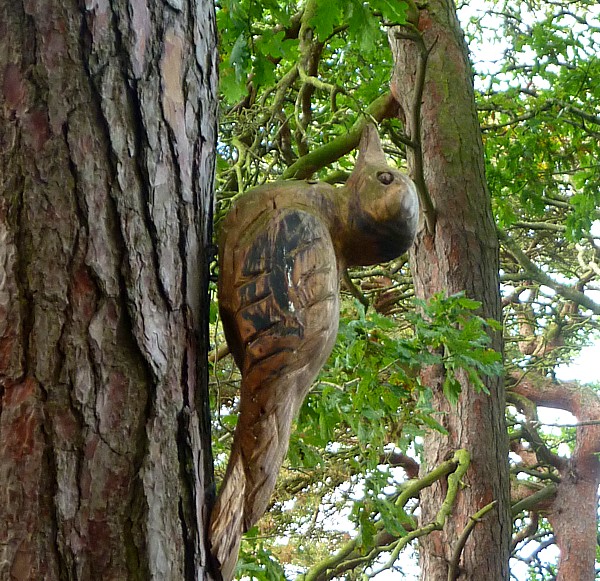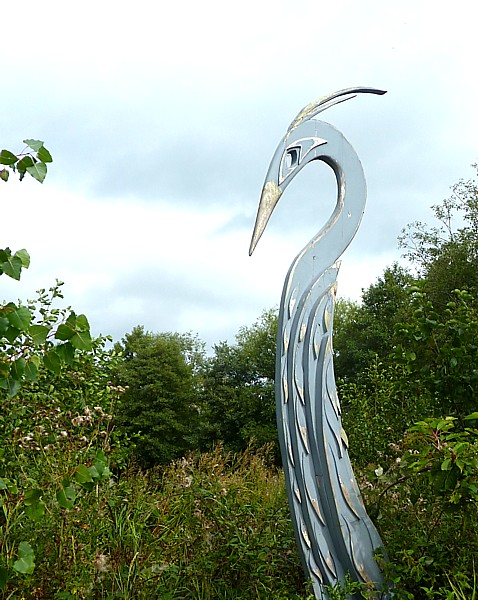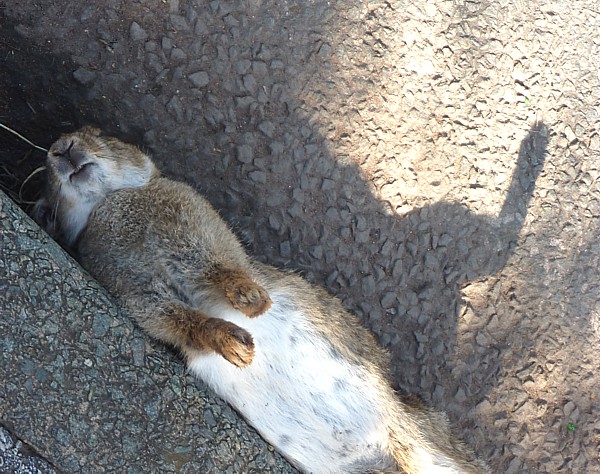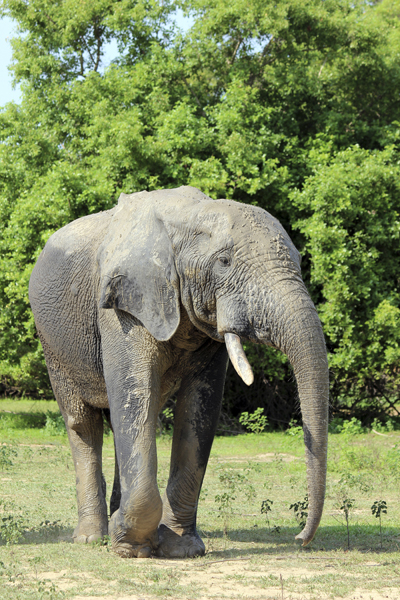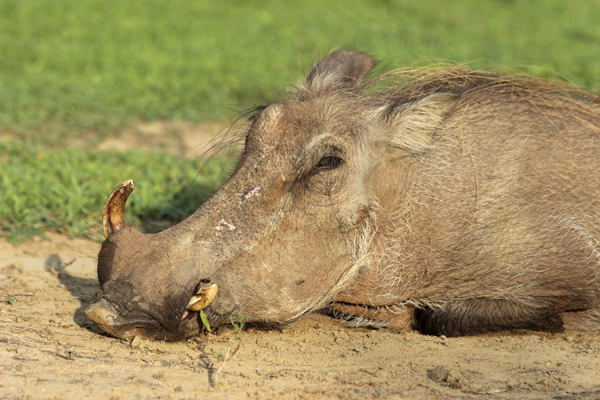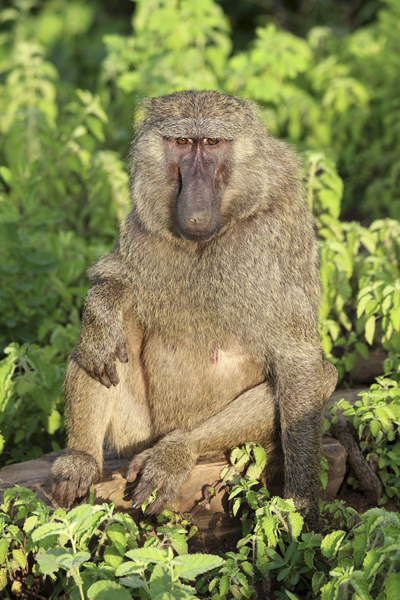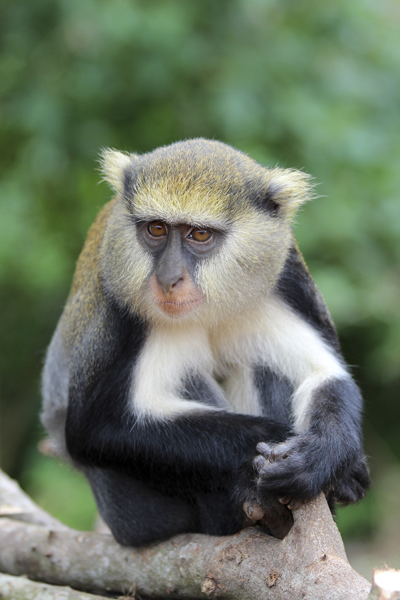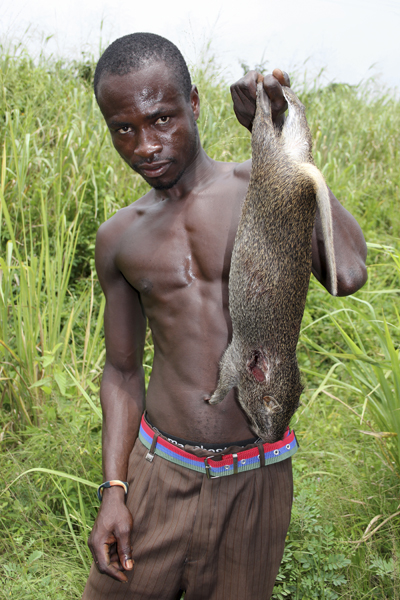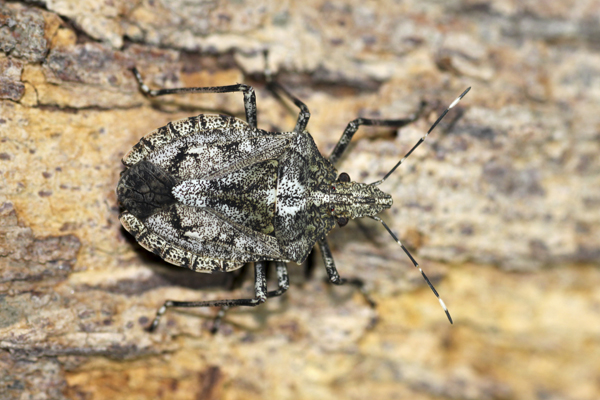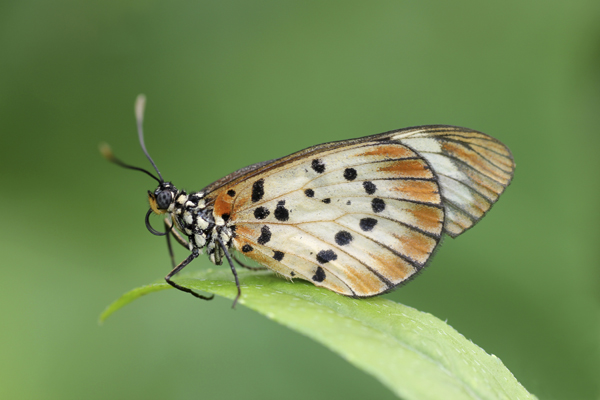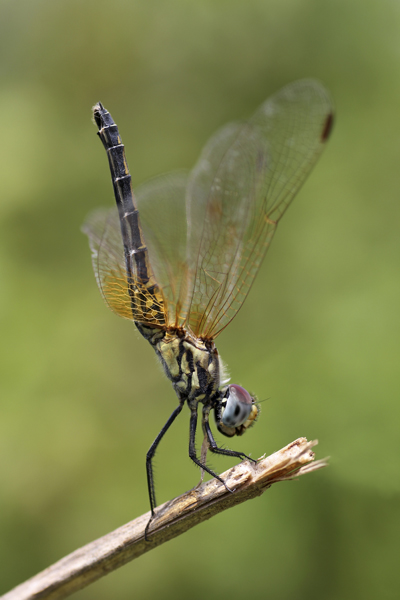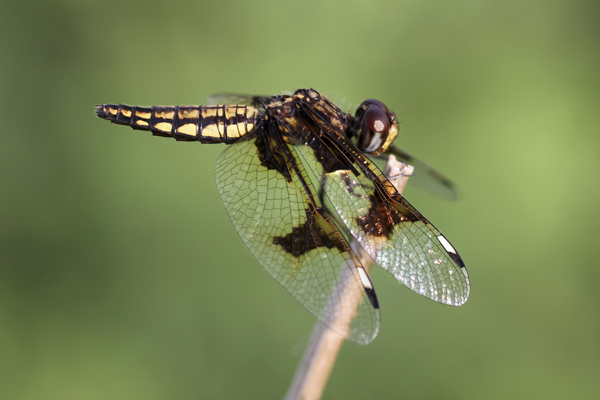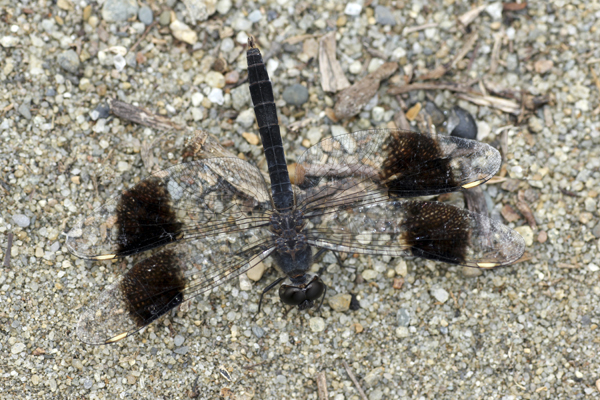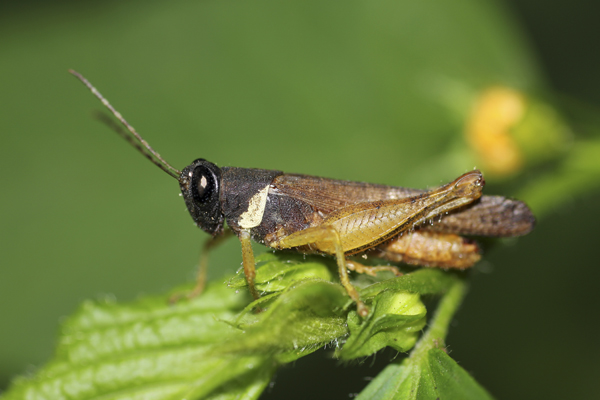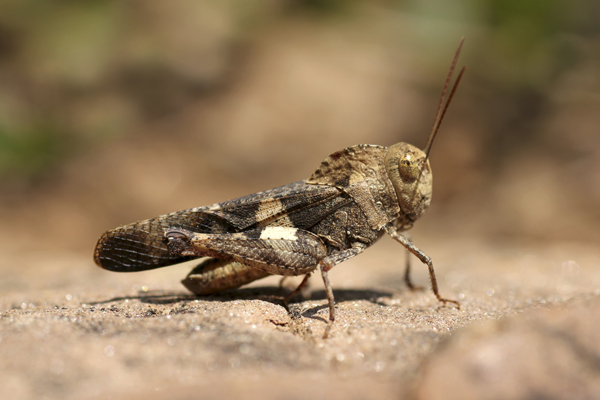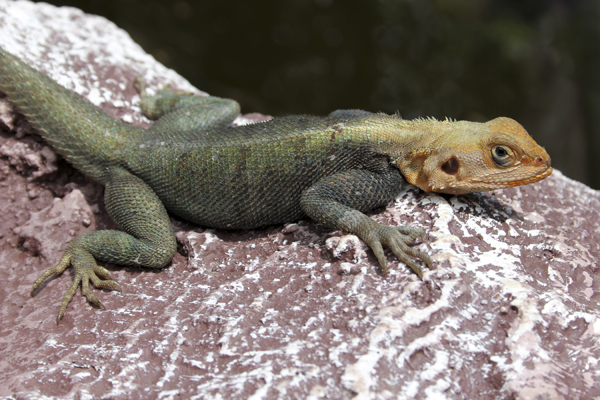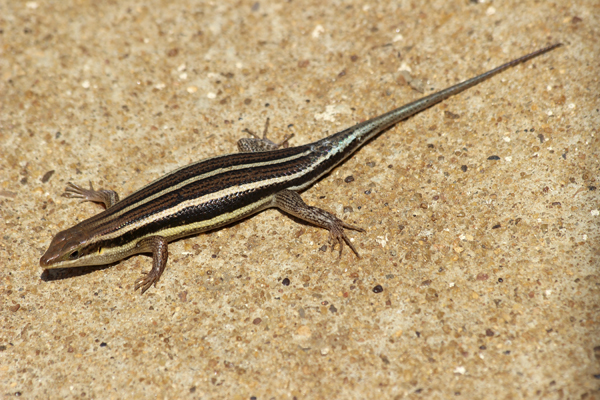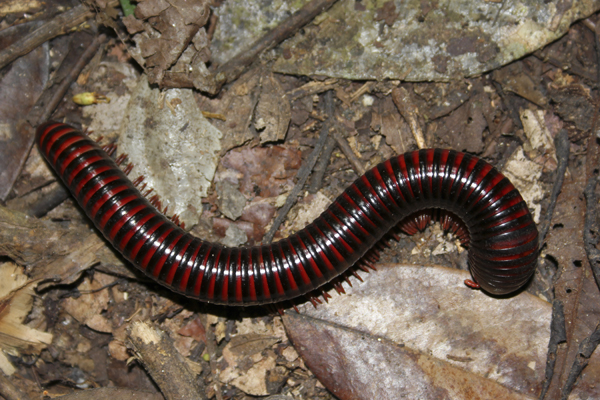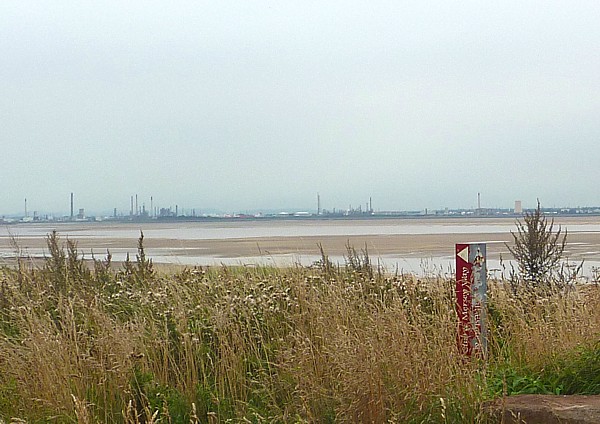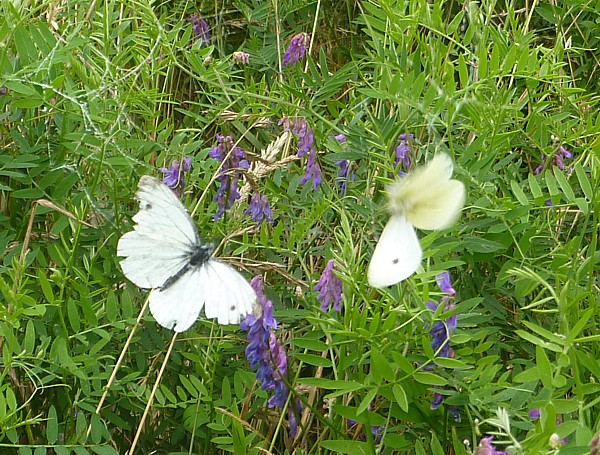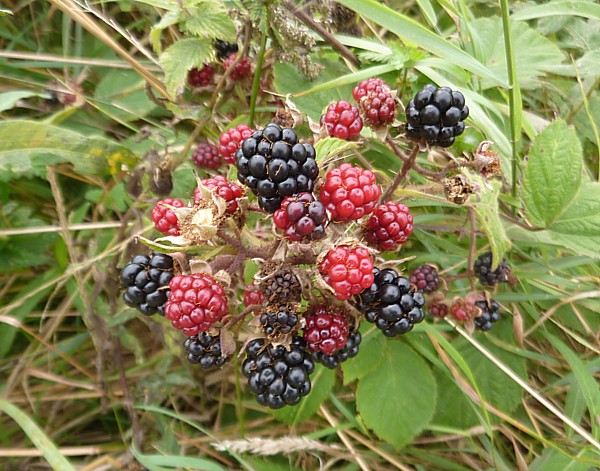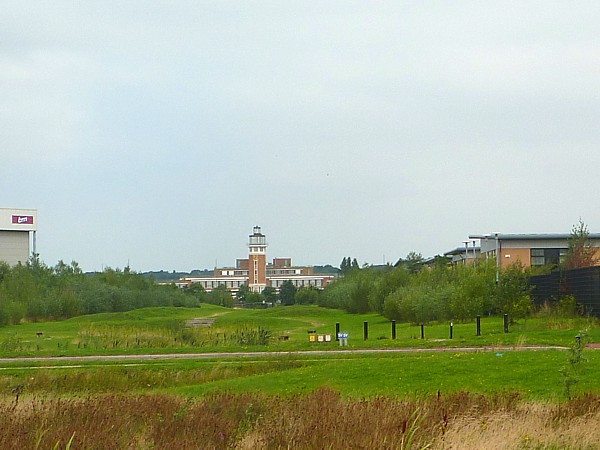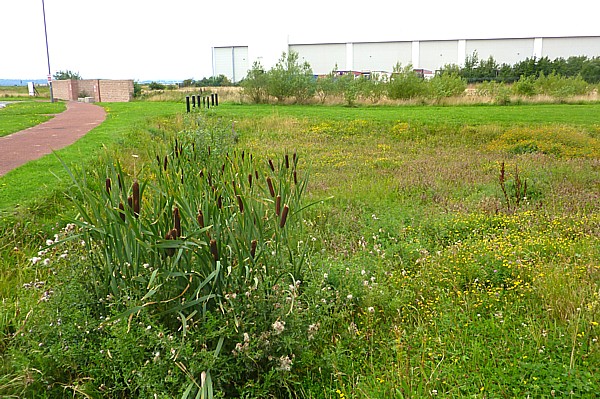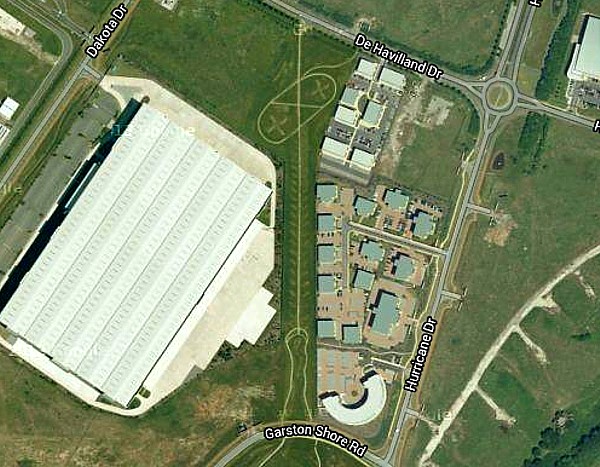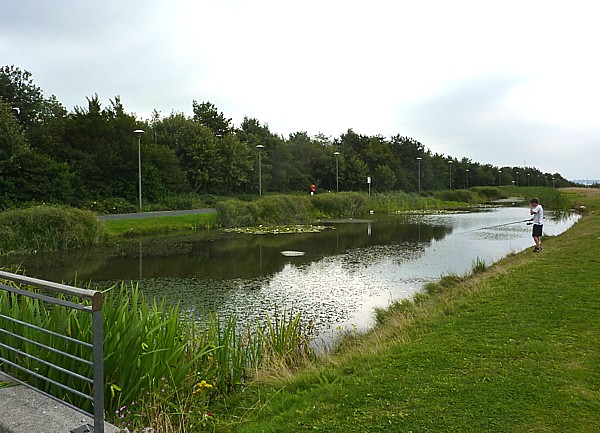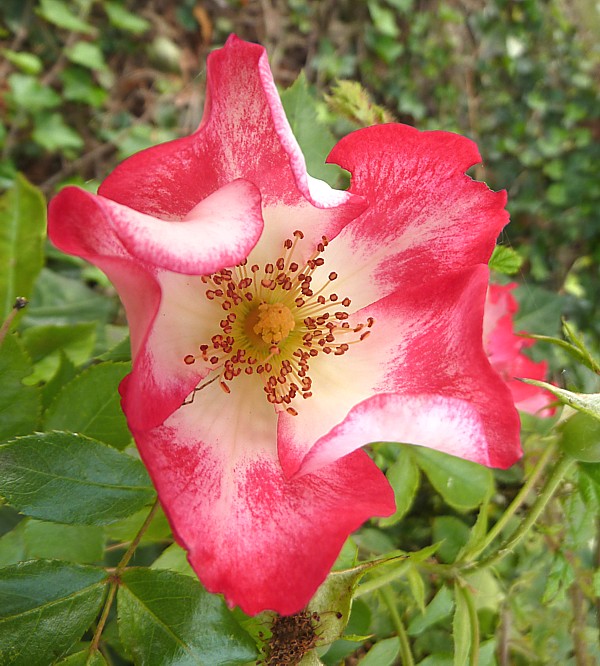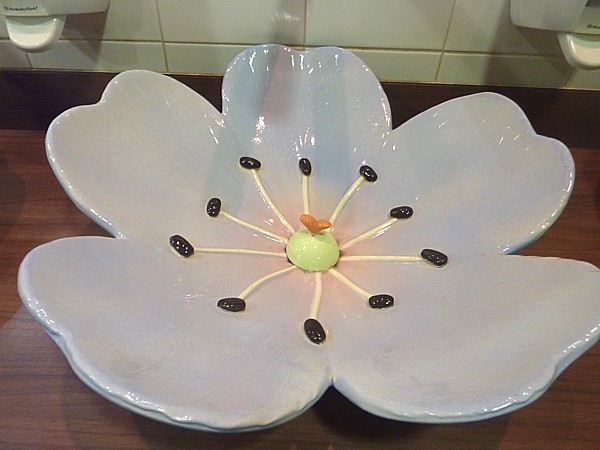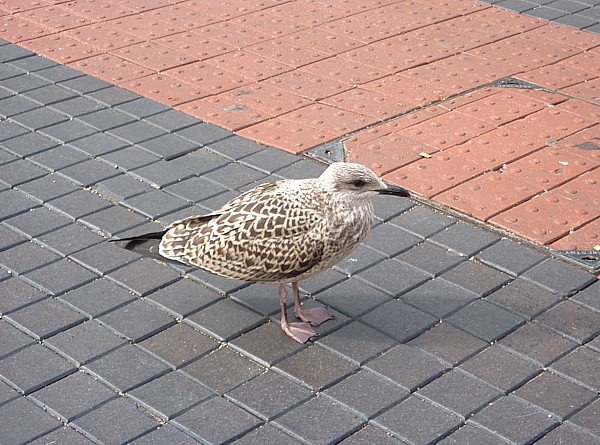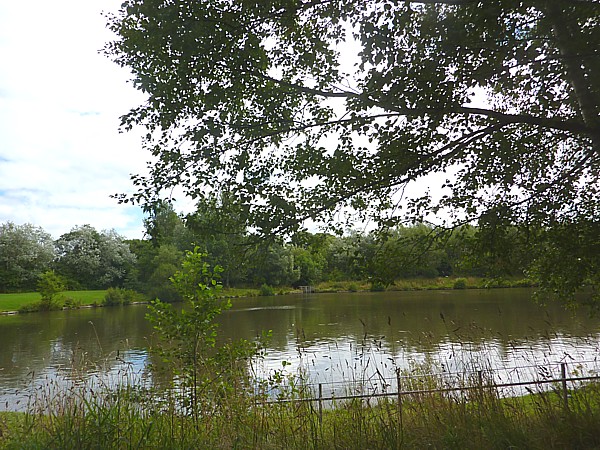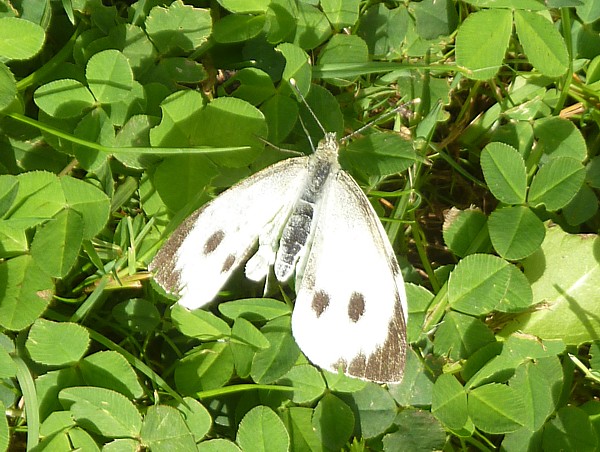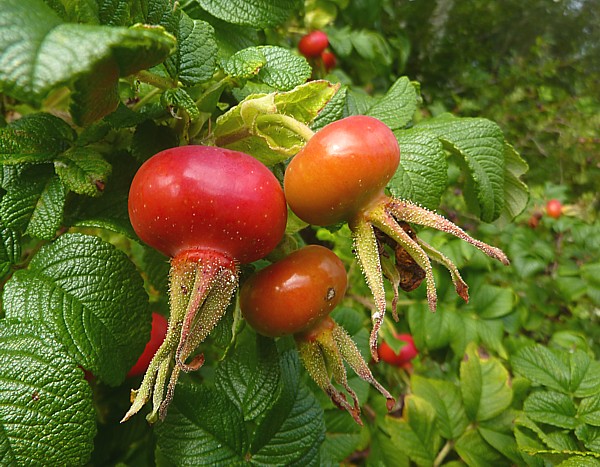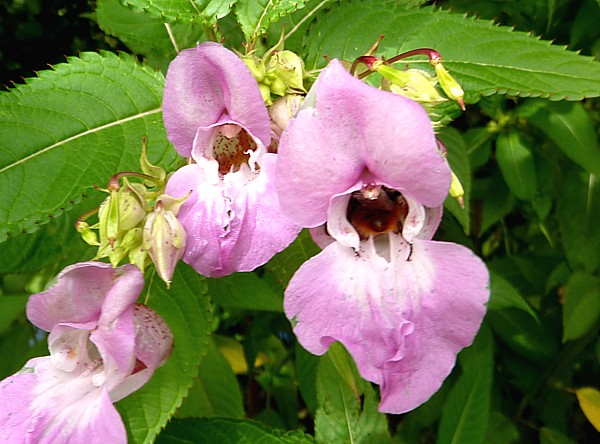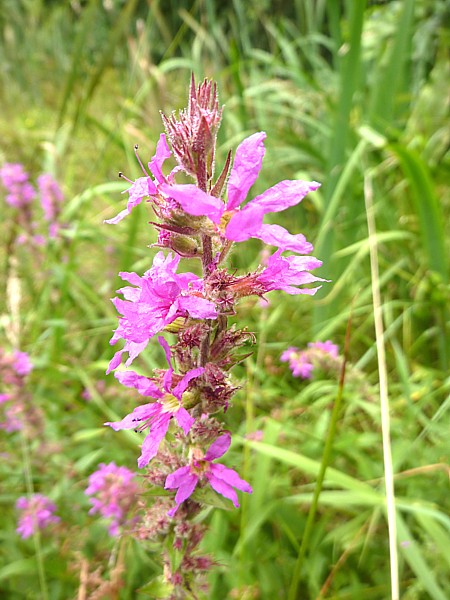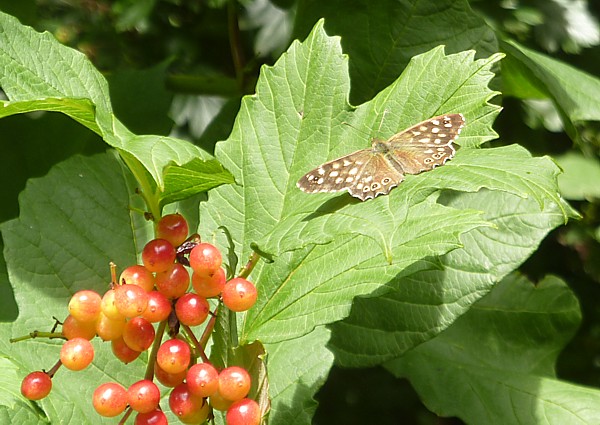Seventeen MNA members joined the penultimate coach trip of the year to Fairburn Ings RSPB Reserve near Castleford in West Yorkshire. After a slight detour we arrived in time for lunch and sat on the picnic tables overlooking the feeders. A multitude of Tree Sparrows were joined by Greenfinch, Goldfinch, a male Bullfinch, Great Tit, Collared Dove and later on a Willow Tit.
The small wildflower gardens in front and to the side of the visitor centre were a bit past their best but held Ribbed Melilot Melilotus officinalis, Upright Hedge-parsley Torilis japonica, Wild Carrot Daucus carota, Viper’s-bugloss Echium vulgare, Wild Marjoram Origanum vulgare, Lady’s Bedstraw Galium verum, Evening-primrose Oenothera sp.Common Knapweed Centaurea nigra, Chicory Cichorium intybus and Mugwort Artemisia vulgaris.
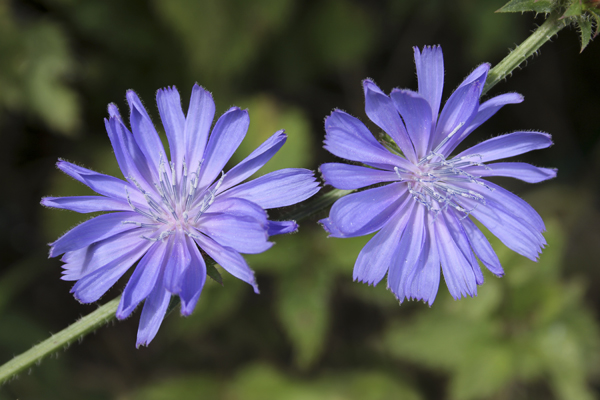
Chicory
In the small reedbed beside the pond-dipping platform a number of Himalayan Balsam Impatiens glandulifera leaves had a dozen or so Common Amber Snails Succinea putris.
The group split up with a number of us following the Lin Dike trail along the River Aire where we noted Cormorant, Little Egret – a few gracefully hanging in the air like dancing Cranes, Grey Heron, Mallard, Common Sandpiper, Green Sandpiper and Common Tern. With blustery and overcast conditions it wasn’t an ideal day for insects but I did note Common Blue Damselfly Enallagma cyathigerum, Blue-tailed Damselfly Ischnura elegans, Brown Hawker Aeshna grandis, Common Darter Sympetrum striolatum, Scorpion Fly Panorpa communis, Hoverfly Syrphus ribesii, Hoverfly Eristalis sp. Common Wasp Vespula vlugaris and Red-tailed Bumblebee Bombus lapidarius. Butterflies included Green-veined White Pieris napi, a rather faded Small Copper Lycaena phlaeas and Meadow Brown Maniola jurtina.
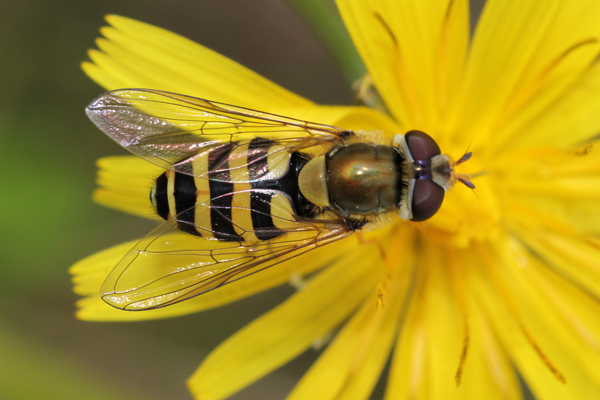
Hoverfly Syrphus ribesii
Of particular note were the large numbers of Galls affecting a variety of Plant species. The most noticeable were the half dozen Bedugar a.k.a. Robin’s Pincushion Gall on Dog Rose Rosa canina caused by Cynipid Wasp Diplolepis rosae.
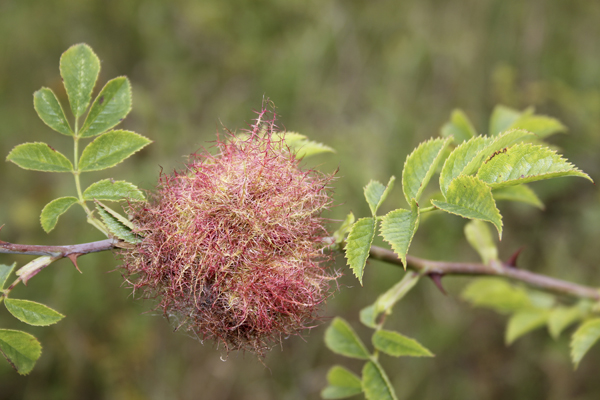
Robins Pincushion Gall
There was also Smooth Pea Galls on Dog Rose Rosa canina leaves caused by Cynipid Wasp Diplolepis nervosa.
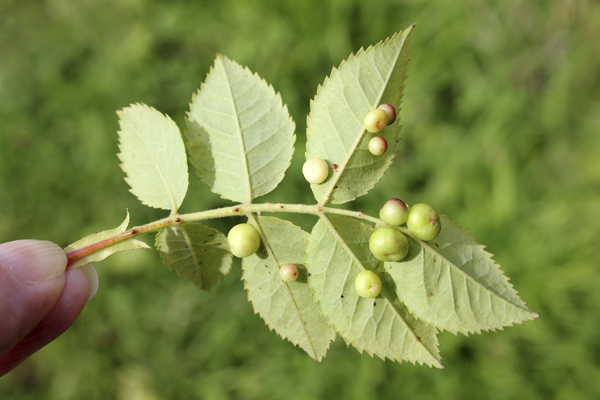
Dog Rose Smooth Pea Galls
Some fine examples of Red Galls on Crack Willow Salix fragilis leaves caused by the Sawfly Pontania proxima.
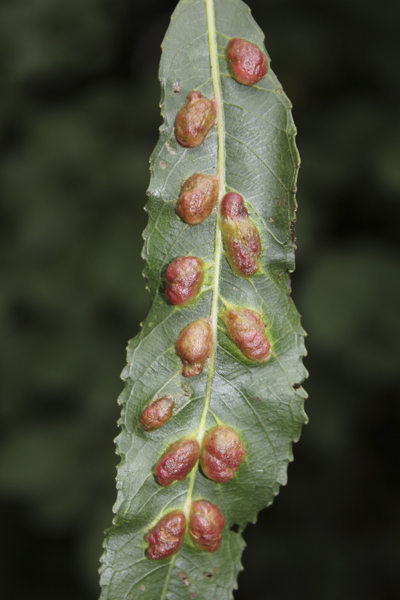
Willow Leaf Galls
Galls on Alder Alnus glutinosa leaves caused by the Gall Mite Acalitus brevitarsus a.k.a. Eriophyes brevitarsus – the leaf is made to grow clusters of hairs, called an erineum, among which the mites live. In this species, the hairs have several near-horizontal branches at the tip, so that each group of hairs is like a forest with a closed canopy.
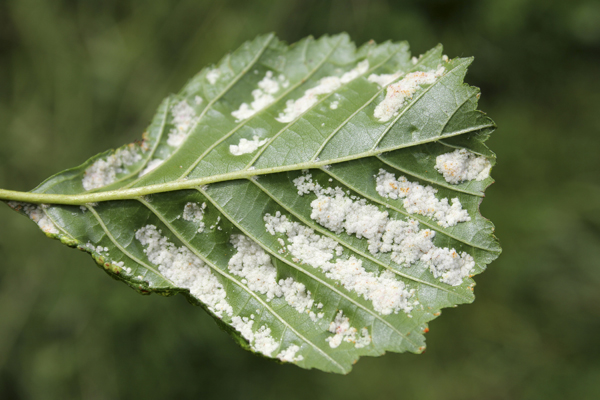
Alder Leaf Galls
There were also Galls on Meadowsweet Filipendula ulmaria leaves caused by the Gall Midge Dasineura ulmaria.
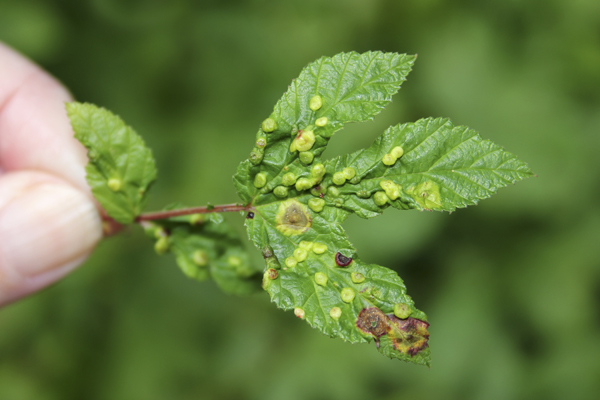
Meadowsweet Leaf Galls
Autumn fruits and berries covered the hedgerows and trees with Bramble Rubus fruticosus, Japanese Rose Rosa rugosa, Dog-rose Rosa canina, Blackthorn a.k.a. Sloe Prunus spinosa, Wild Plum Prunus domestica, Crab Apple Malus sylvestris, Rowan Sorbus aucuparia, Elder Sambucus nigra and Guelder-rose Viburnum opulus. A few members nibbled on some of the edible fruits along their walk.
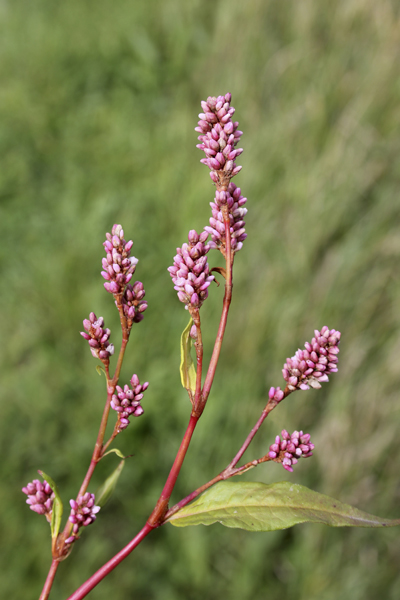
Redshank
Plants included Common Nettle Urtica dioica, Red Campion Silene dioica, Common Bistort Persicaria bistorta, Redshank Persicaria maculosa, Common Sorrel Rumex acetosa, Meadowsweet Filipendula ulmaria, Common Bird’s-foot-trefoil Lotus corniculatus, Tufted Vetch Vicia cracca, Purple-loosestrife Lythrum salicaria, Dyer’s Greenweed Genista tinctoria, Giant Hogweed Heracleum mantegazzianum, Common Centaury Centaurium erythraea, Hedge Bindweed Calystegia sepium, Marsh Woundwort Stachys palustris, White Dead-nettle Lamium album, Selfheal Prunella vulgaris, Water Mint Mentha aquatica, Red Bartsia Odontites vernus, Wild Teasel Dipsacus fullonum, Greater Burdock Arctium lappa, Marsh Thistle Cirsium palustre, Michaelmas Daisy Aster sp. Tansy Tanacetum vulgare, Yarrow Achillea millefolium and Lords-and-Ladies Arum maculatum. A few fungi were noted Brown Birch Bolete Leccinum scabrum and Field Mushroom Agaricus campestris.
We eventually arrived at the Lin Dike Hide overlooking Spoonbill Flash. Mute Swan, Shelduck, Gadwall, Teal, Mallard, Northern Shoveler, Moorhen, Coot, Northern Lapwing, Dunlin 3, Ruff 3 , Curlew – heard, Pied Wagtail, Carrion Crow, Starling and a splendid female Marsh Harrier.
The trail then took us out onto Newton Lane and back towards the visitor centre scanning new Flash, The Moat and Phalarope Pool en route for Wildfowl and noting Greylag and Canada Geese, well grown Mute Swan cygnets, another 35 Gadwall and House Martins along with the odd Sand Martin hovering up insects for their forthcoming migration.
We arrived again at the visitor centre where caught up with other members sightings which included a Carrion Crow attacking a Sparrowhawk and a female Southern Hawker Aeshna cyanaea. An enjoyable day with a group total of over forty bird species.
A wide photographic selection of birds, marine life, insects, mammals, orchids & wildflowers, fungi, tribal people, travel, ethnography, fossils, rocks & minerals etc. is available on my Alamy webpage
If you are interested in the wildlife of the North-west of England and would like to join the walks and coach trips run by the Merseyside Naturalists’ Association, see the main MNA website for details of our programme and how to join us.

